Alec in Florida: Is it more valuable for the Giants to draft an offensive lineman with the #4 pick or a defensive back with the #4 pick?
And
Andrew in North Carolina: What if Okudah is available for the Giants at 4th overall? Is he higher on big boards to lock down the Giants' secondary?
John Schmeelk: I won't cover the offensive line part of this because we have discussed it ad nauseam in past mailbags. Okudah is considered the top cornerback in the class, and most analysts consider him a potential future All Pro. In a league where passing is more and more prevalent, cornerback is considered more and more of a premium position, so investing an early pick in one is understandable.
The Giants, however, moved up to use a first round pick on DeAndre Baker last year, signed James Bradberry to a lucrative free agent contract in March, spent a 2019 third round pick in the supplemental draft on Sam Beal, and used a 2019 sixth round pick on Corey Ballentine. All of those players are talented but were primarily used as outside cornerbacks in college. Ballentine was used as a nickel at the end of last season, but it was the first time he played the position. Okudah is also considered an outside cornerback.
If the front office believes one of those players can move inside, drafting someone like Okudah would make more sense. If they are all outside cornerbacks, however, it might be too crowded a position with a lot of resources already dedicated to it for the Giants to make that move. Okudah is an excellent player, though, and if the team considers him the best player available by leaps and bounds, they will consider selecting him. A team can never have enough good coverage players.
David in Connecticut: Does it make more sense in the first round to draft a player at a need position that might have some question marks, or draft a player with definite skills and ability but plays a position where there is already depth on the roster?
John Schmeelk: Dave Gettleman has been very clear that if one draft eligible player is significantly better than another that he will select the better player regardless of the pieces already on the roster. If the grades are extremely close, then need enters the equation.
Martha in New Jersey: How much of a role did Tom Coughlin play in the Giants' draft selections?
John Schmeelk: As it is today, it was a collaborative process between Tom Coughlin and his coaching staff along with the general manager Jerry Reese and his college scouting staff to work together to determine who the team would pick. The ultimate decision, however, went to Reese, who as a former scout, leaned heavily on the opinions of his director of college scouting Marc Ross and the scouts.
View NFL.com's ranking of the top 150 prospects in the 2020 NFL Draft, which kicks off Thursday night.

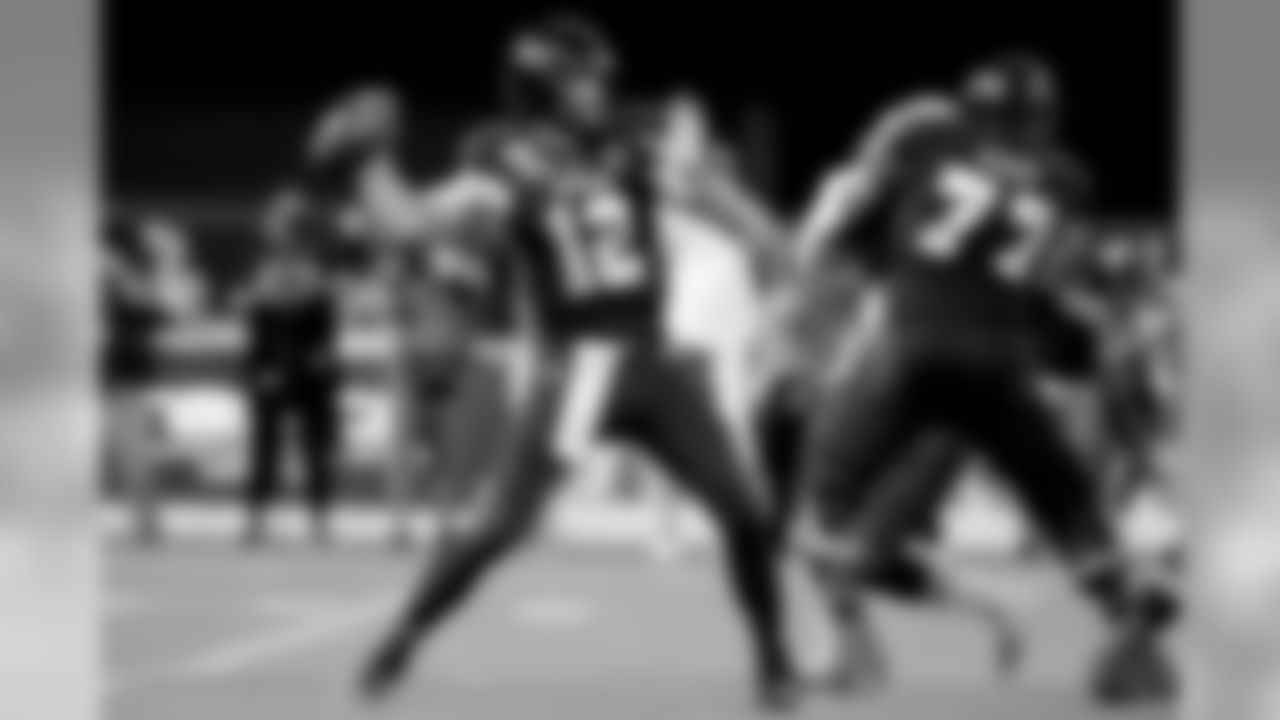
150 - James Morgan, QB
Florida International
(AP Photo/Lynne Sladky)

149 - Cameron Dantzler, CB
Mississippi State
(AP Photo/Michael Woods)

148 - Troy Dye, LB
Oregon
(AP Photo/Tony Avelar)

147 - Alohi Gilman, S
Notre Dame
(AP Photo/Paul Sancya)

146 - Rodrigo Blankenship, K
Georgia
(AP Photo/John Bazemore)

145 - Eno Benjamin, RB
Arizona State
(AP Photo/Rick Scuteri)

144 - Devin Duvernay, WR
Texas
(AP Photo/Eric Gay)

143 - Julian Blackmon, S
Utah
(AP Photo/Rick Bowmer)

142 - Van Jefferson, WR
Florida
(AP Photo/John Raoux)

141 - Kenny Robinson, DB
West Virginia; XFL
(AP Photo/Sue Ogrocki)

140 - Michael Ojemudia, CB
Iowa
(AP Photo/Matthew Putney)

139 - Devin Asiasi, TE
UCLA
(AP Photo/Kelvin Kuo)

138 - Anthony Gordon, QB
Washington State
(AP Photo/Butch Dill)

137 - Isaiah Hodgins, WR
Oregon State
(AP Photo/Amanda Loman)

134 - Antonio Gandy-Golden, WR
Liberty
(AP Photo/Amber Searls)

135 - K.J. Hill, WR
Ohio State
(AP Photo/Jay LaPrete)

134 - Antonio Gibson, WR
Memphis
(AP Photo/Mark Humphrey)

133 - Khalid Kareem, EDGE
Notre Dame
(AP Photo/Darron Cummings)

132 - Jacob Phillips, LB
LSU
(AP Photo/Tyler Kaufman)

131 - Willie Gay, LB
Mississippi State
(AP Photo/Rogelio V. Solis)
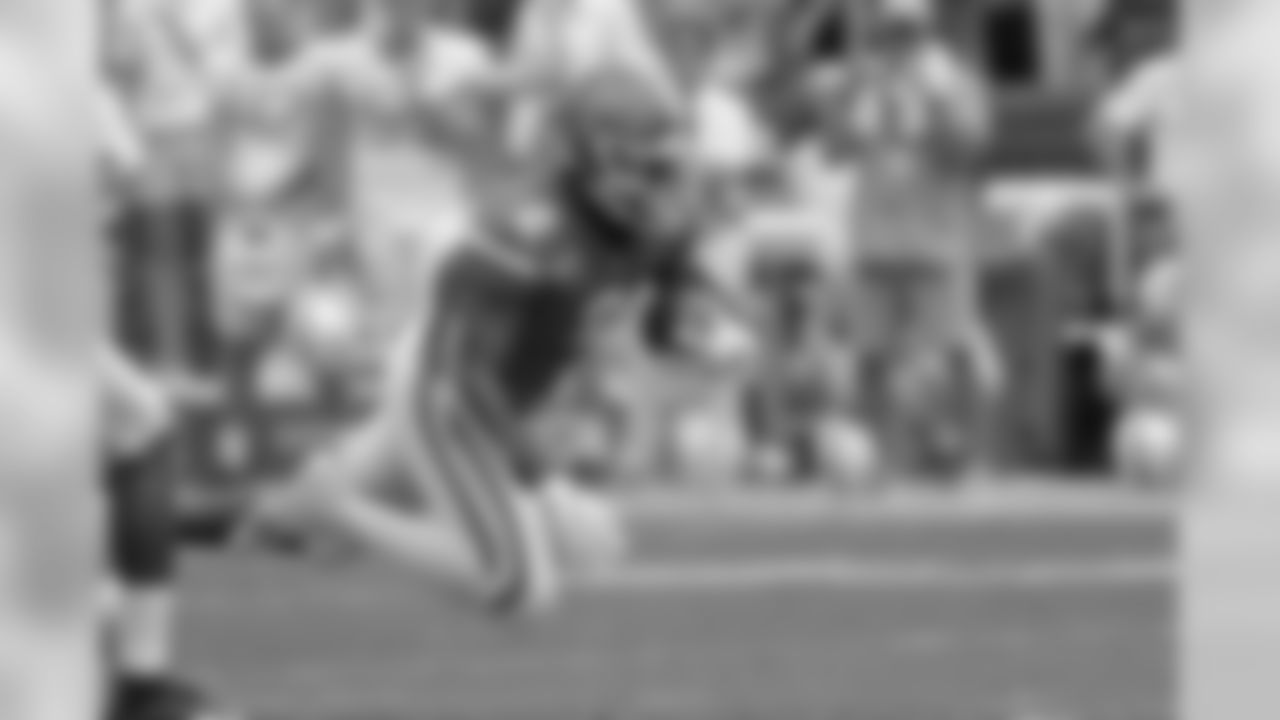
130 - La'Mical Perine, RB
Florida
(AP Photo/John Raoux)

129 - Darrynton Evans, RB
Appalachian State
(AP Photo/Brian Blanco)

128 - Joshua Kelley, RB
UCLA
(AP Photo/Mark J. Terrill)

127 - Braden Mann, P
Texas A&M
(AP Photo/Sam Craft)

126 - Davon Hamilton, DT
Ohio State
(AP Photo/Jay LaPrete)

125 - Josiah Scott, CB
Michigan State
(AP Photo/Carlos Osorio)

124 - Bryce Hall, CB
Virginia
(AP Photo/Keith Srakocic)

123 - Terrell Burgess, S
Utah
(AP Photo/Rick Bowmer)

122 - Nick Harris, C
Washington
(AP Photo/Elaine Thompson)

121 - John Simpson, G
Clemson
(AP Photo/Sean Rayford)
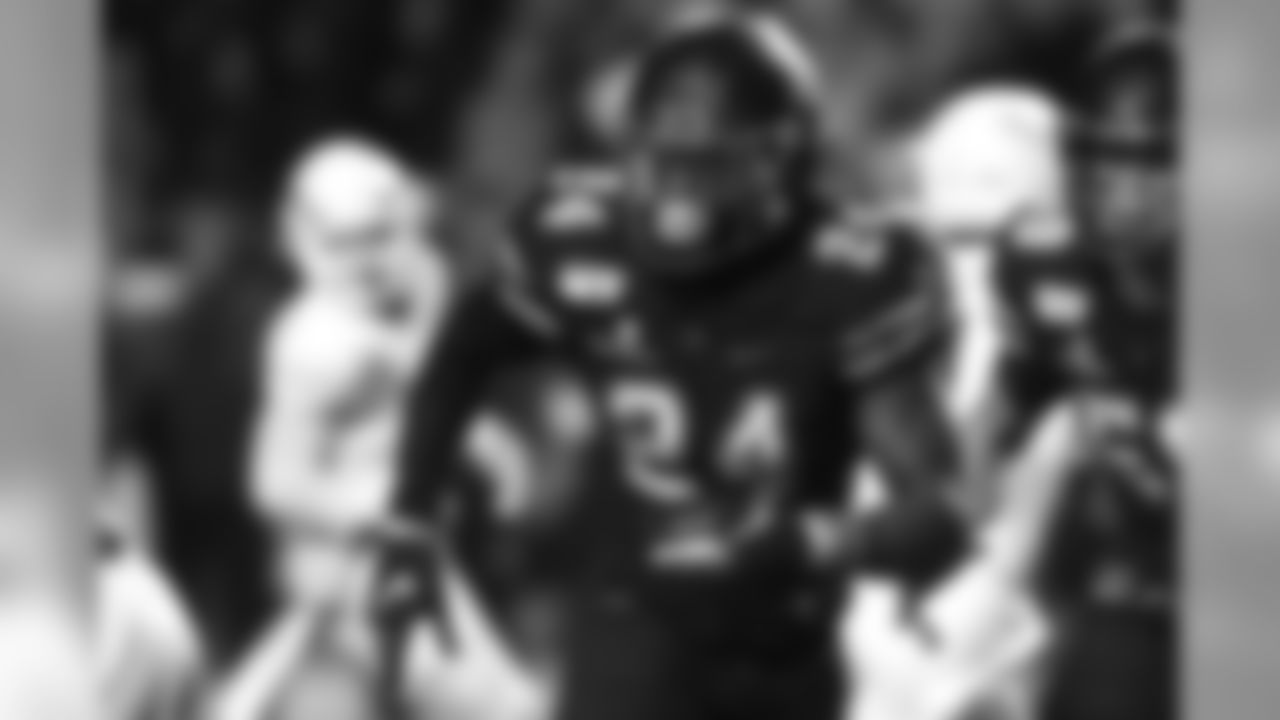
120 - Akeem Davis-Gaither, LB
Appalachian State
(AP Photo/Brian Blanco)

119 - Amik Robertson, CB
Louisiana Tech
(AP Photo/Chuck Burton)

118 - Reggie Robinson, CB
Tulsa
(AP Photo/John Minchillo)

117 - Harrison Bryant, TE
Florida Atlantic
(AP Photo/Paul Vernon)

116 - Cordel Iwuagwu, G
TCU
(AP Photo/Michael Conroy)

115 - Derrek Tuszka, EDGE
North Dakota State
(AP Photo/Sam Hodde)

114 - Josh Metellus, S
Michigan
(AP Photo/John Raoux)
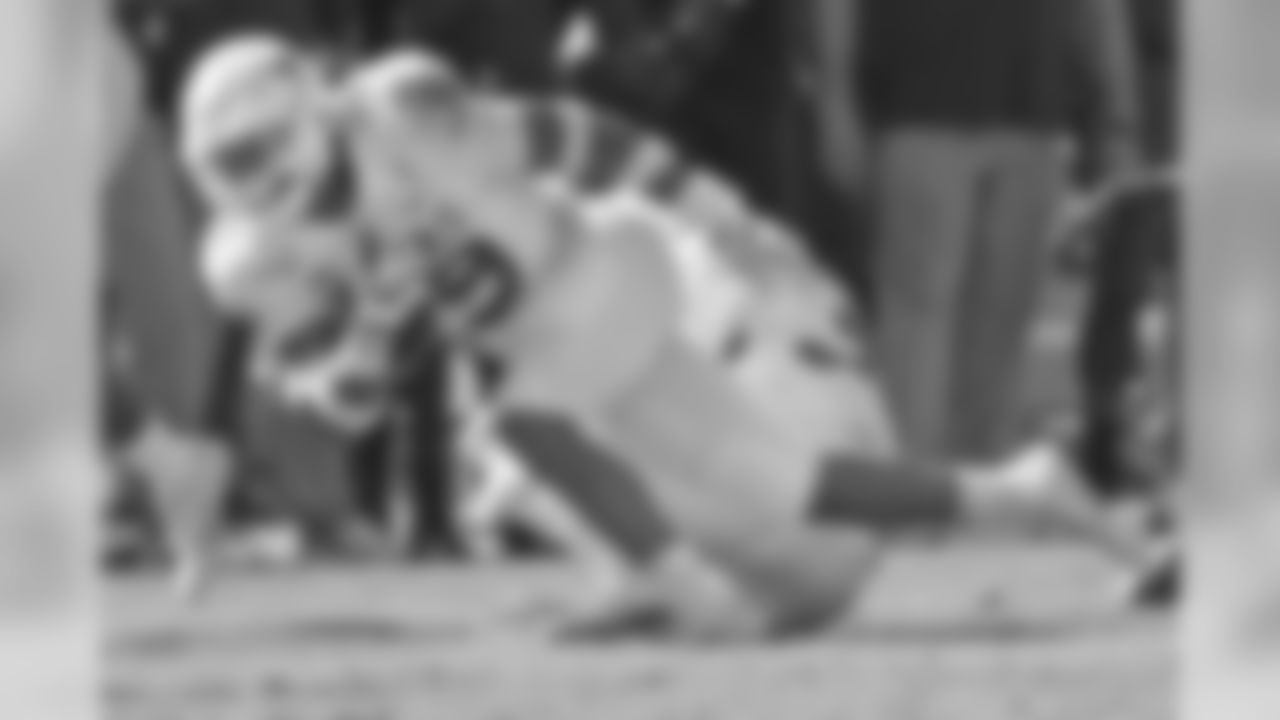
113 - Brandon Jones, S
Texas
(AP Photo/Louis DeLuca)

112 - Adam Trautman, TE
Dayton
(AP Photo/Butch Dill)

111 - Shane Lemieux, G
Oregon
(AP Photo/Tony Avelar, File)

110 - Saahdiq Charles, OT
LSU
(AP Photo/Mark Humphrey)
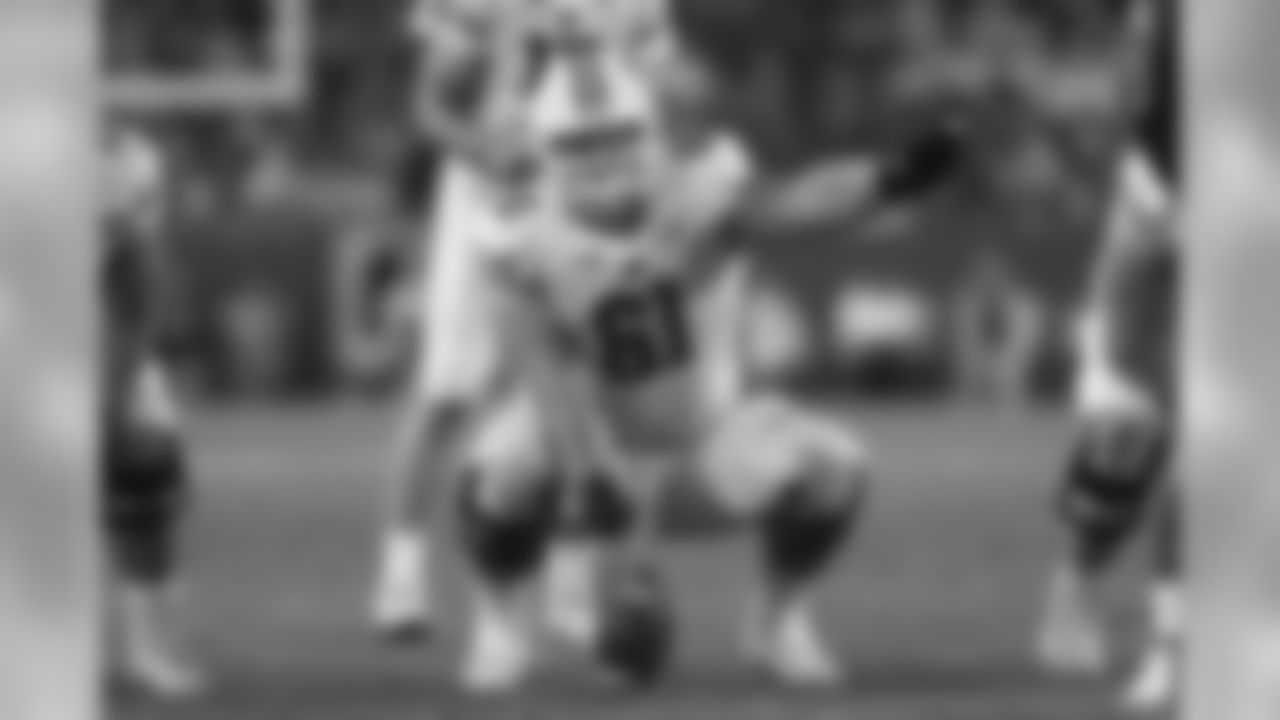
109 - Tyler Biadasz, C
Wisconsin
(AP Photo/Mark Lomoglio)

108 - Dante Olson, LB
Montana
(AP Photo/Michael Conroy)

107 - Cam Akers, RB
Florida State
(AP Photo/John Raoux)

106 - Zack Moss, RB
Utah
(AP Photo/Rick Bowmer)
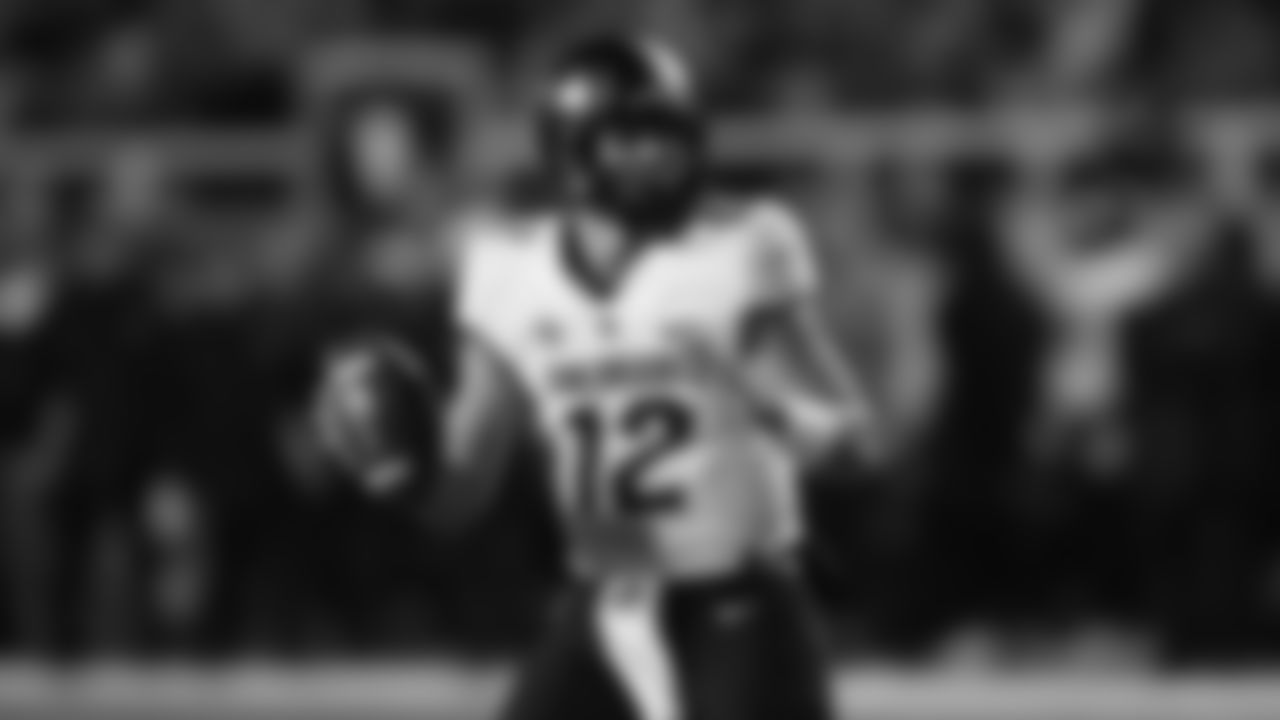
105 - Steven Montez, QB
Colorado
(AP Photo/Rick Bowmer)

104 - Colton McKivitz, OT
West Virginia
(AP Photo/Colin E. Braley, File)

103 - Kalija Lipscomb, WR
Vanderbilt
(AP Photo/Mark Humphrey)

102 - Jake Luton, QB
Oregon State
(AP Photo/Eugene Tanner)


100 - Lloyd Cushenberry, C
LSU
(AP Photo/Mark Humphrey)

99 - Kenny Willekes, DE
Michigan State
(AP Photo/Paul Sancya)

98 - Jonathan Greenard, EDGE
Florida
(AP Photo/John Raoux)
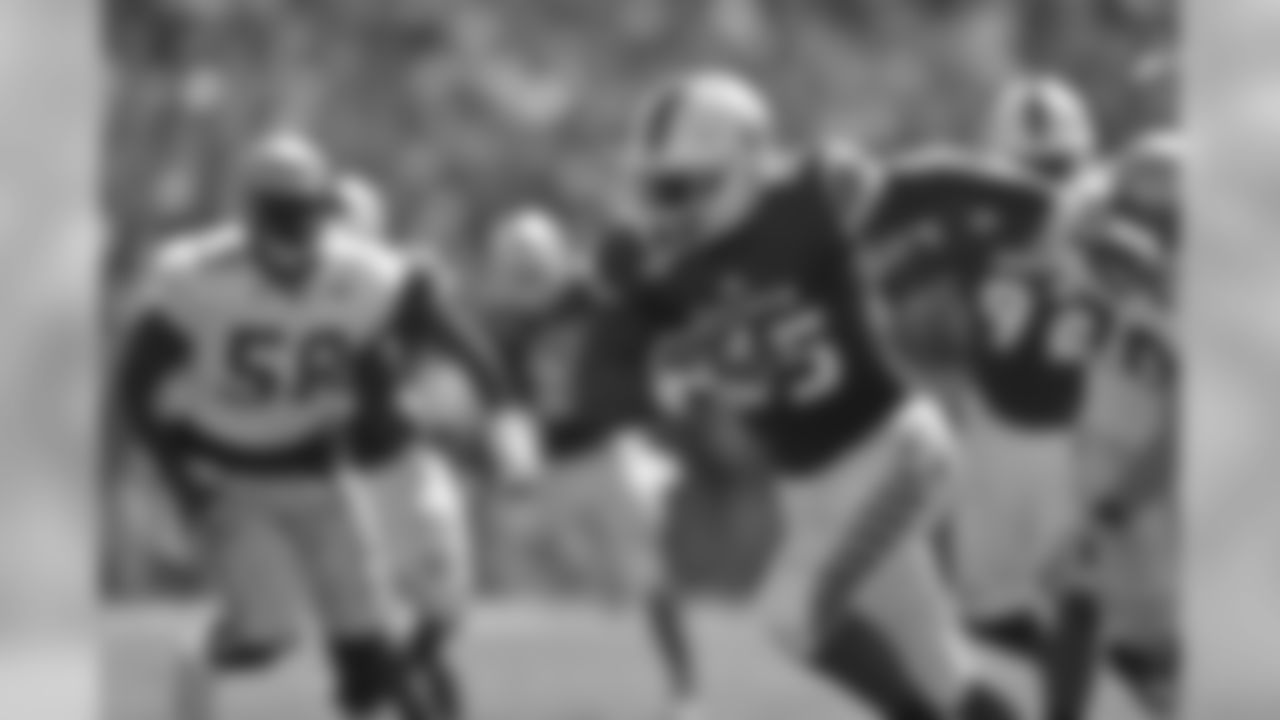
97 - Shaquille Quarterman, LB
Miami (Fla.)
(AP Photo/Mike Stewart)

96 - Darrell Taylor, EDGE
Tennessee
(AP Photo/Wade Payne, File)
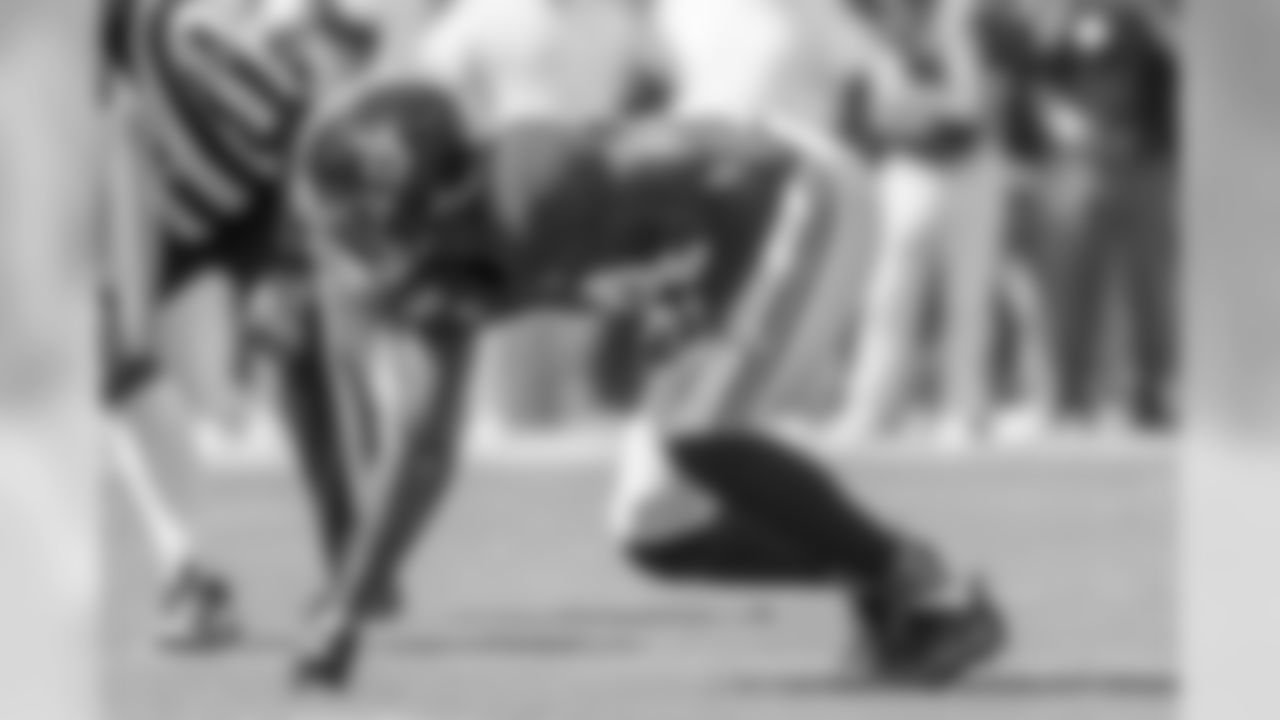
95 - Terrell Lewis, EDGE
Alabama
(AP Photo/Vasha Hunt)

94 - Joe Bachie, LB
Michigan State
(AP Photo/Carlos Osorio)

93 - Charlie Heck, OT
North Carolina
(AP Photo/Chris Seward)

92 - Hakeem Adeniji, OL
Kansas
(AP Photo/Michael Conroy)

91 - Brycen Hopkins, TE
Purdue
(AP Photo/Michael Conroy)

90 - Darnay Holmes, CB
UCLA
(AP Photo/Danny Moloshok)

89 - K'Von Wallace, S
Clemson
(AP Photo/Rick Scuteri).

88 - Malik Harrison, LB
Ohio State
(AP Photo/Mel Evans)

87 - Robert Hunt, OT
Louisiana-Lafayette
(AP Photo/Tyler Kaufman)
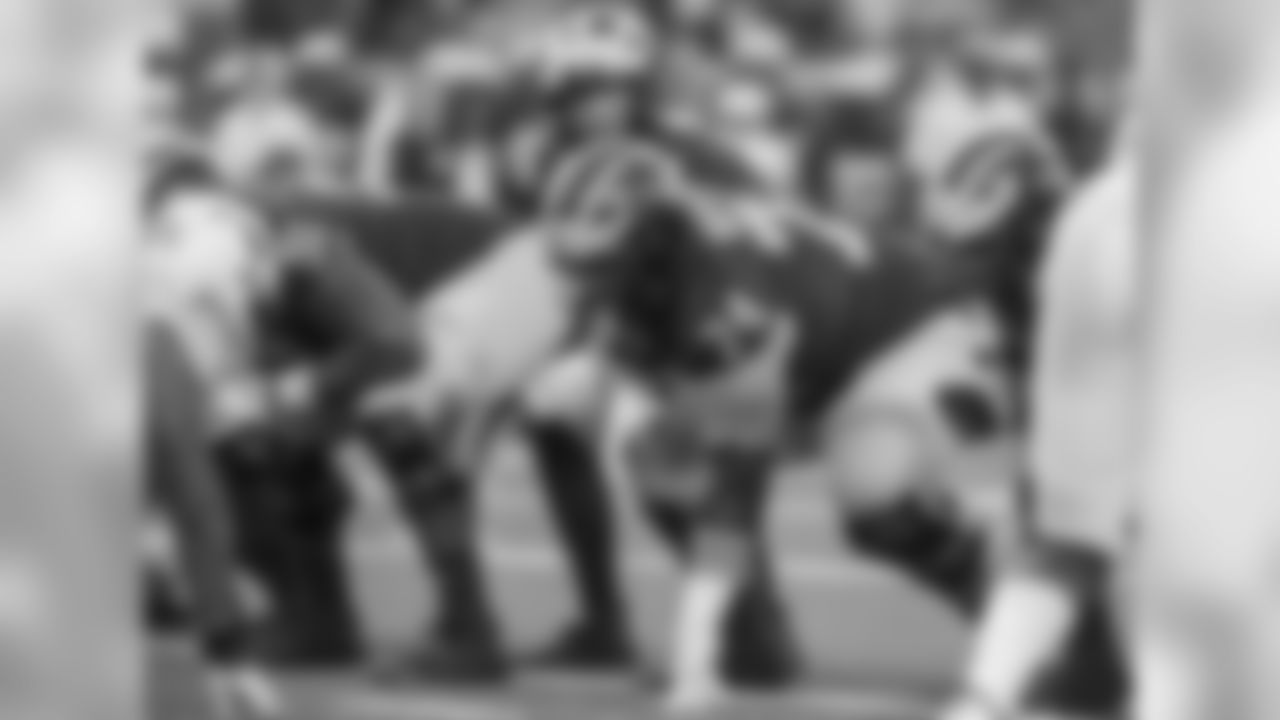
86 - Ben Bredeson, G
Michigan
(AP Photo/Tony Ding)

85 - Colby Parkinson, TE
Stanford
(AP Photo/Tony Avelar)
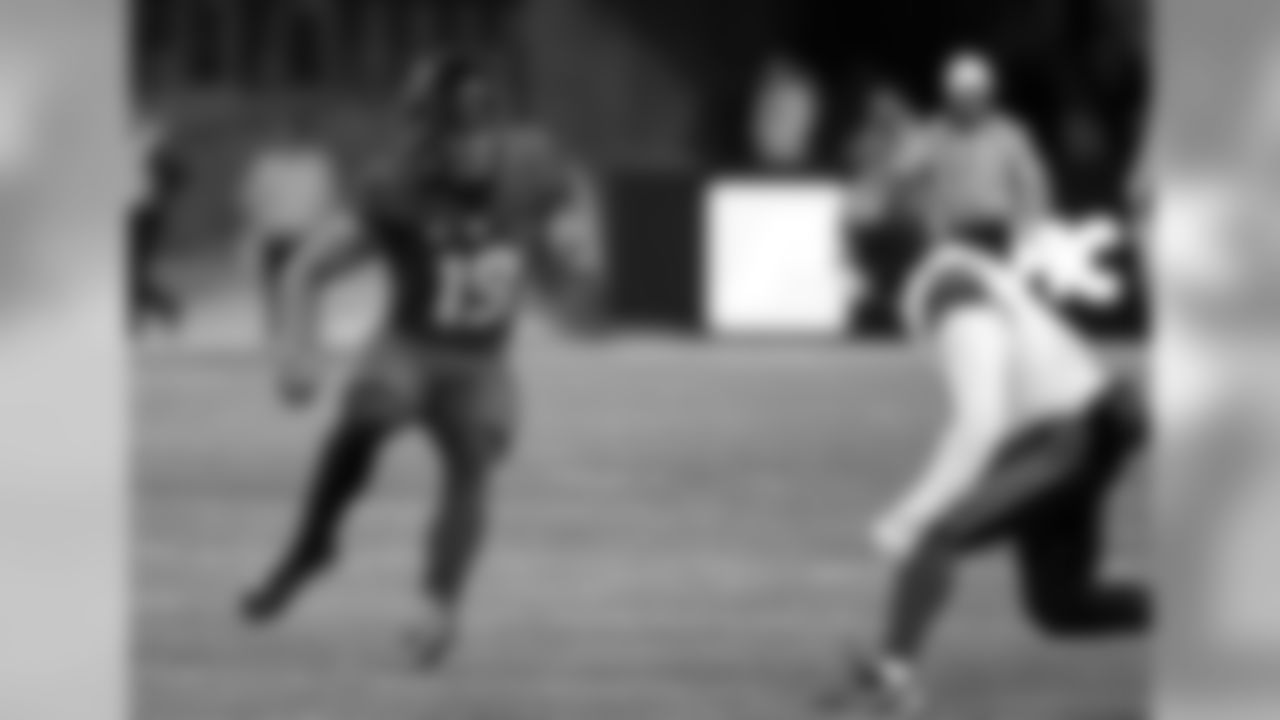
84 - Hunter Bryant, TE
Washington
(AP Photo/Elaine Thompson)

83 - Jabari Zuniga, EDGE
Florida
(AP Photo/Phelan M. Ebenhack)

82 - Raekwon Davis, DT
Alabama
(AP Photo/Michael Woods)

81 - Prince Tega Wanogho, OT
Auburn
(AP Photo/Vasha Hunt)

80 - Noah Igbinoghene, CB
Auburn
(AP Photo/Michael Woods)

79 - Troy Pride, CB
Notre Dame
(AP Photo/Nam Y. Huh)

78 - Julian Okwara, EDGE
Notre Dame
(AP Photo/Paul Sancya)

77 - Jack Driscoll, OT
Auburn
(AP Photo/Vasha Hunt)

76 - Curtis Weaver, EDGE
Boise State
(AP Photo/Butch Dill)

75 - Josh Uche, LB
Michigan
(AP Photo/Tony Ding)

74 - Matt Peart, OT
Connecticut
(AP Photo/Phelan M. Ebenhack)

73 - Lucas Niang, OT
TCU
(AP Photo/Michael Conroy)

72 - Kyle Dugger, S
Lenoir-Rhyne
(AP Photo/Butch Dill)

71 - Jason Strowbridge, DE
North Carolina
(AP Photo/Butch Dill)

70 - Isaiah Coulter, WR
Rhode Island
(AP Photo/Jessica Hill)

69 - Bryan Edwards, WR
South Carolina
(AP Photo/Sean Rayford)

68 - James Lynch, DE
Baylor
(AP Photo/Brandon Wade)

67 - Jacob Eason, QB
Washington
(AP Photo/Elaine Thompson)

66 - Jeremy Chinn, S
Southern Illinois
(AP Photo/Michael Conroy)

65 - Damon Arnette, CB
Ohio State
(AP Photo/Jay LaPrete)
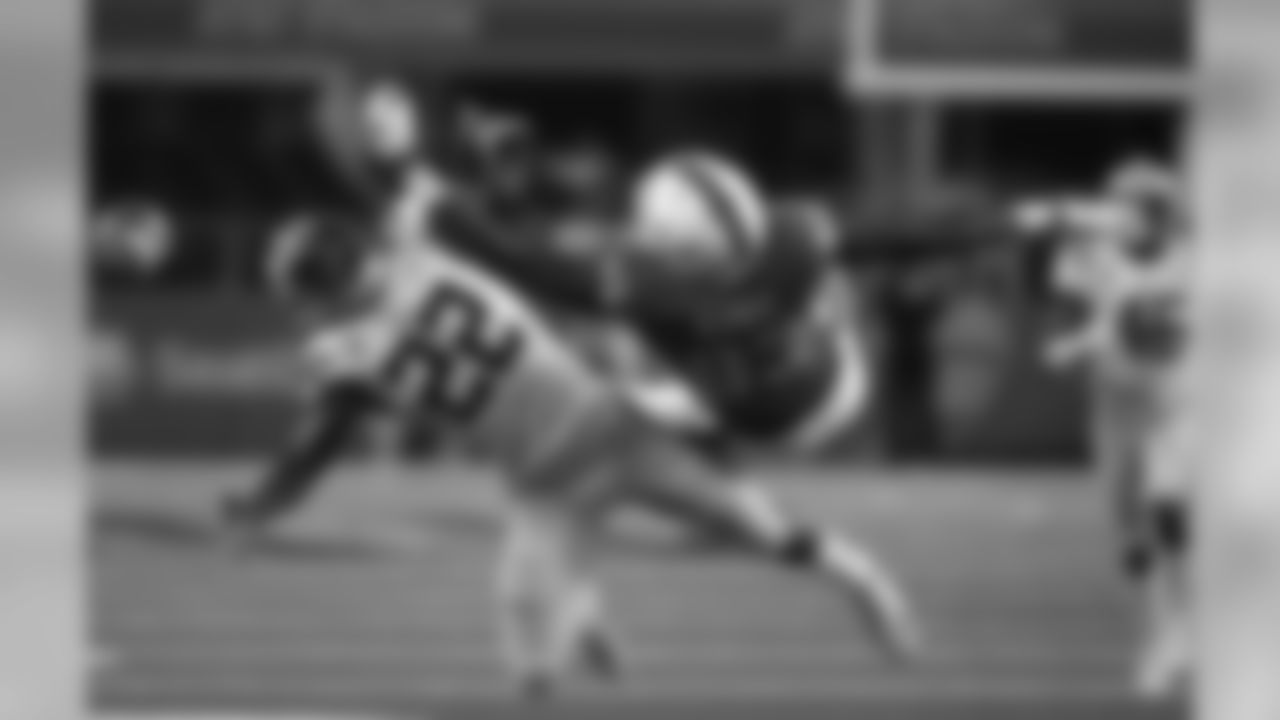
64 - Kristian Fulton, CB
LSU
(AP Photo/Ron Jenkins)

63 - Logan Wilson, LB
Wyoming
(AP Photo/Rick Scuteri)

62 - Jeff Gladney, CB
TCU
(AP Photo/AJ Mast, File)
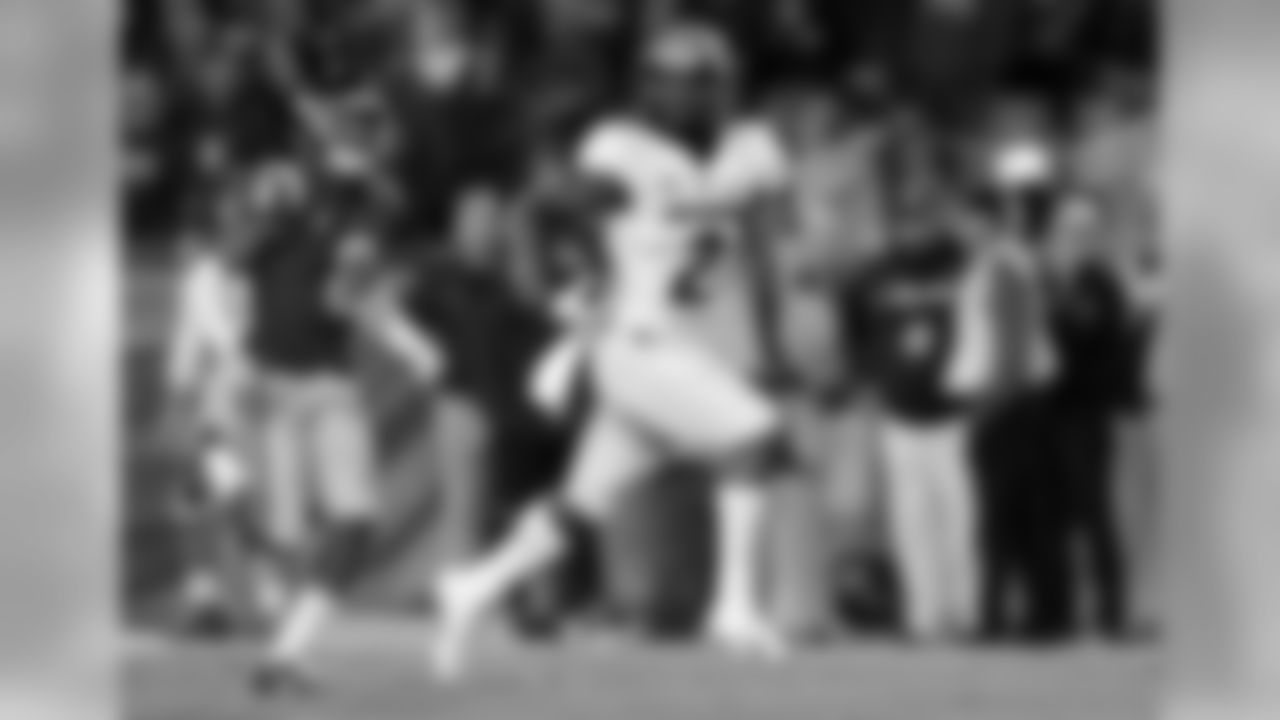
61 - Laviska Shenault, WR
Colorado
(AP Photo/Marcio Jose Sanchez, File)

60 - Jaylon Johnson, CB
Utah
(AP Photo/David Zalubowski)

59 - Chase Claypool, WR
Notre Dame
(AP Photo/Michael Conroy)

58 - K.J. Hamler, WR
Penn State
(AP Photo/Doug McSchooler)

57 - Bradlee Anae, EDGE
Utah
(AP Photo/Kyusung Gong)

56 - Antoine Winfield Jr., S
Minnesota
(AP Photo/Michael Conroy, File)

55 - Clyde Edwards-Helaire, RB
LSU
(AP Photo/Gerald Herbert)

54 - Cole Kmet, TE
Notre Dame
(AP Photo/John Bazemore)

53 - Jalen Hurts, QB
Oklahoma
(AP Photo/Roger Steinman)

52 - Jake Fromm, QB
Georgia
(AP Photo/John Amis, File)

51 - Ashtyn Davis, S
California
(AP Photo/Young Kwak)

50 - Justin Madubuike, DT
Texas A&M
(AP Photo/Chuck Burton)

49 - Denzel Mims, WR
Baylor
(AP Photo/Brandon Wade, File)

48 - Jordan Elliott, DT
Missouri
(AP Photo/L.G. Patterson)

47 - Cesar Ruiz, C
Michigan
(AP Photo/Carlos Osorio)

46 - Michael Pittman, WR
USC
(AP Photo/Mark J. Terrill)

45 - Tee Higgins, WR
Clemson
(AP Photo/Butch Dill)

44 - Lynn Bowden, WR
Kentucky
(AP Photo/Mark Humphrey)

43 - Jordan Brooks, LB
Texas Tech
(AP Photo/Michael Conroy)

42 - Jalen Reagor, WR
TCU
(AP Photo/Brad Tollefson)

41 - Neville Gallimore, DT
Oklahoma
(AP Photo/Sue Ogrocki)

40 - A.J. Epenesa, DE
Iowa
(AP Photo/Orlando Ramirez)

39 - Albert Okwuegbunam, TE
Missouri
(AP Photo/L.G. Patterson)

38 - J.K. Dobbins, RB
Ohio State
(AP Photo/Ross D. Franklin)

37 - D'Andre Swift, RB
Georgia
(AP Photo/John Bazemore)

36 - Marlon Davidson, EDGE
Auburn
(AP Photo/Butch Dill)

35 - Isaiah Wilson, OT
Georgia
(AP Photo/Brett Carlsen)

34 - Matt Hennessy, C
Temple
(AP Photo/Michael Conroy)

33 - Zack Baun, LB
Wisconsin
(AP Photo/Andy Manis)

32 - Xavier McKinney, S
Alabama
(AP Photo/Marvin Gentry)

31 - Justin Jefferson, WR
LSU
(AP Photo/John Bazemore)

30 - Brandon Aiyuk, WR
Arizona State
(AP Photo/Steve Dykes)
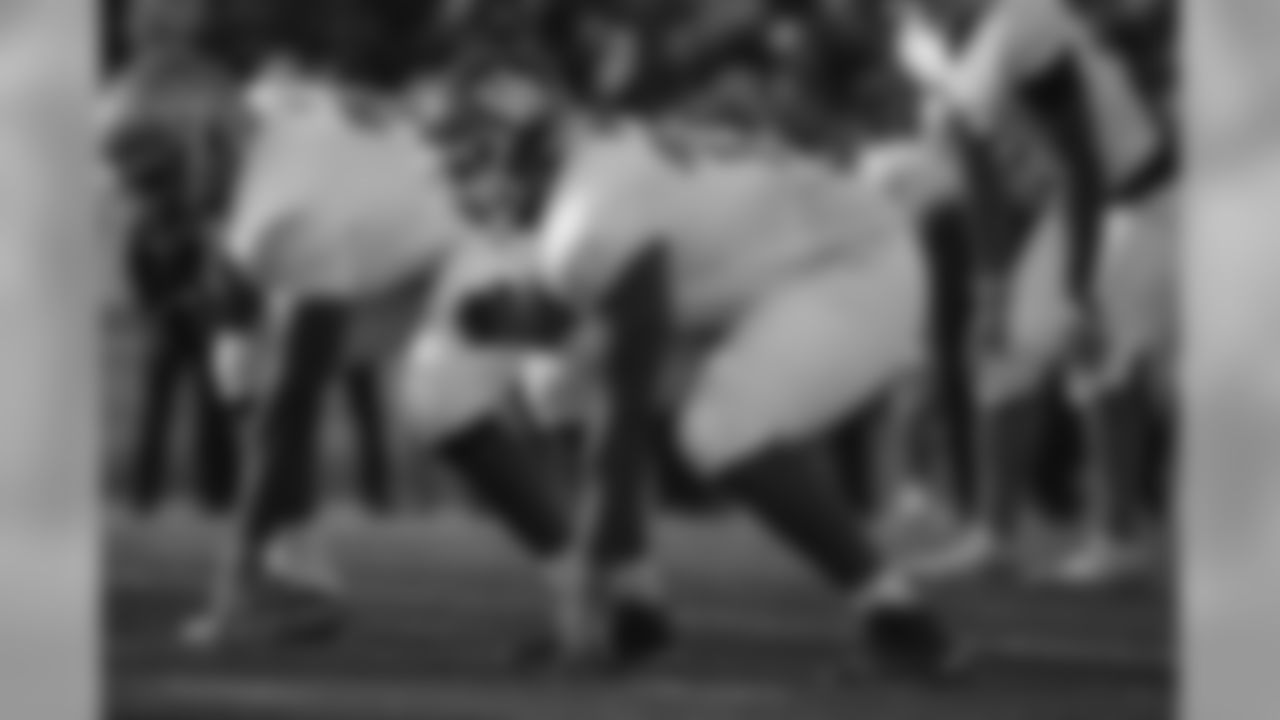
29 - Josh Jones, OT
Houston
(AP Photo/Butch Dill)

28 - A.J. Terrell, CB
Clemson
(AP Photo/Gerald Herbert)

27 - Trevon Diggs, CB
Alabama
(AP Photo/Vasha Hunt)

26 - Yetur Gross-Matos, EDGE
Penn State
(AP Photo/Barry Reeger)

25 - Grant Delpit, S
LSU
(AP Photo/Gerald Herbert)
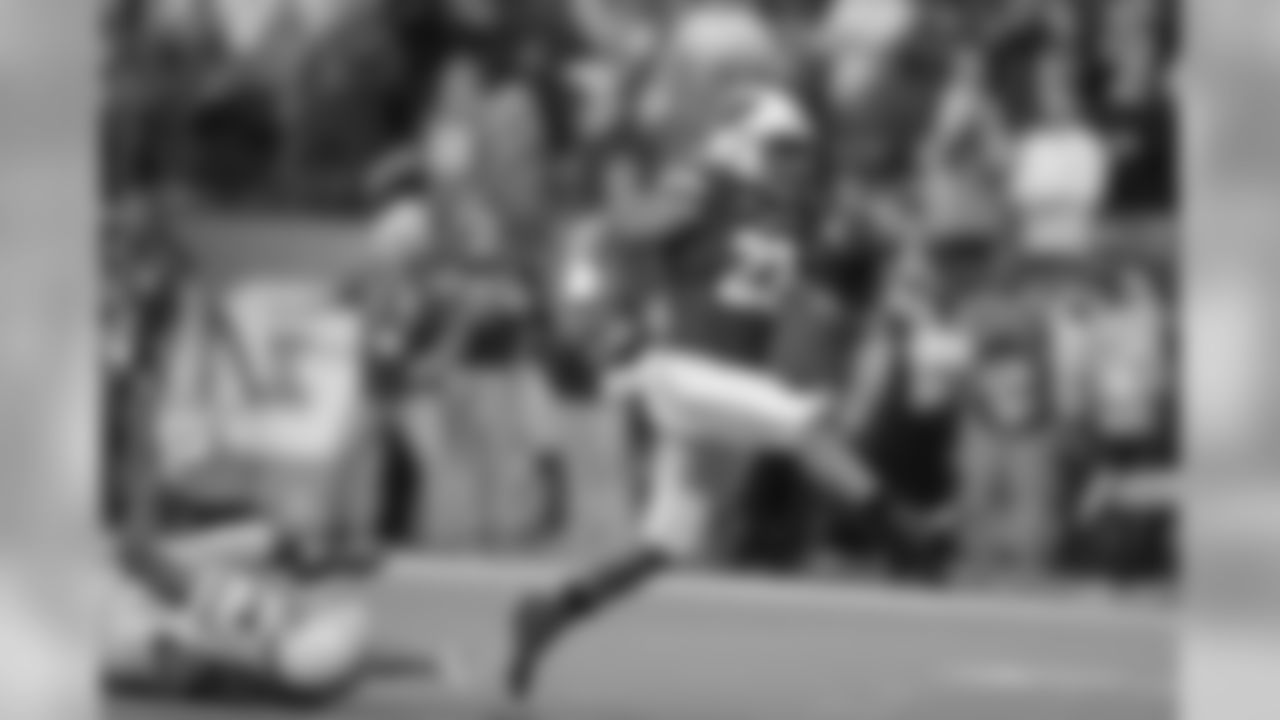
24 - Jonathan Taylor, RB
Wisconsin
(AP Photo/Michael Conroy, File)

23 - Ezra Cleveland, OT
Boise State
(AP Photo/David Zalubowski)
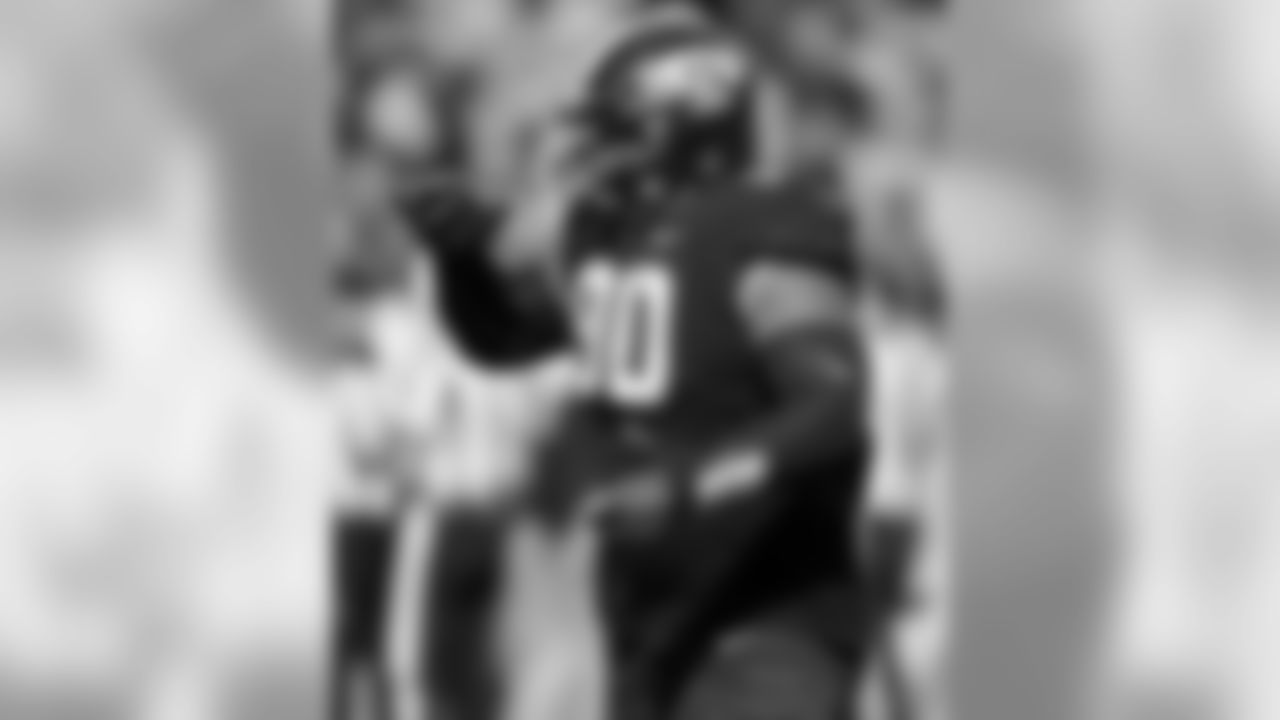
22 - Ross Blacklock, DT
TCU
(AP Photo/Brandon Wade)

21 - Jordan Love, QB
Utah State
(AP Photo/Brandon Wade)

20 - Kenneth Murray, LB
Oklahoma
(AP Photo/Sue Ogrocki)
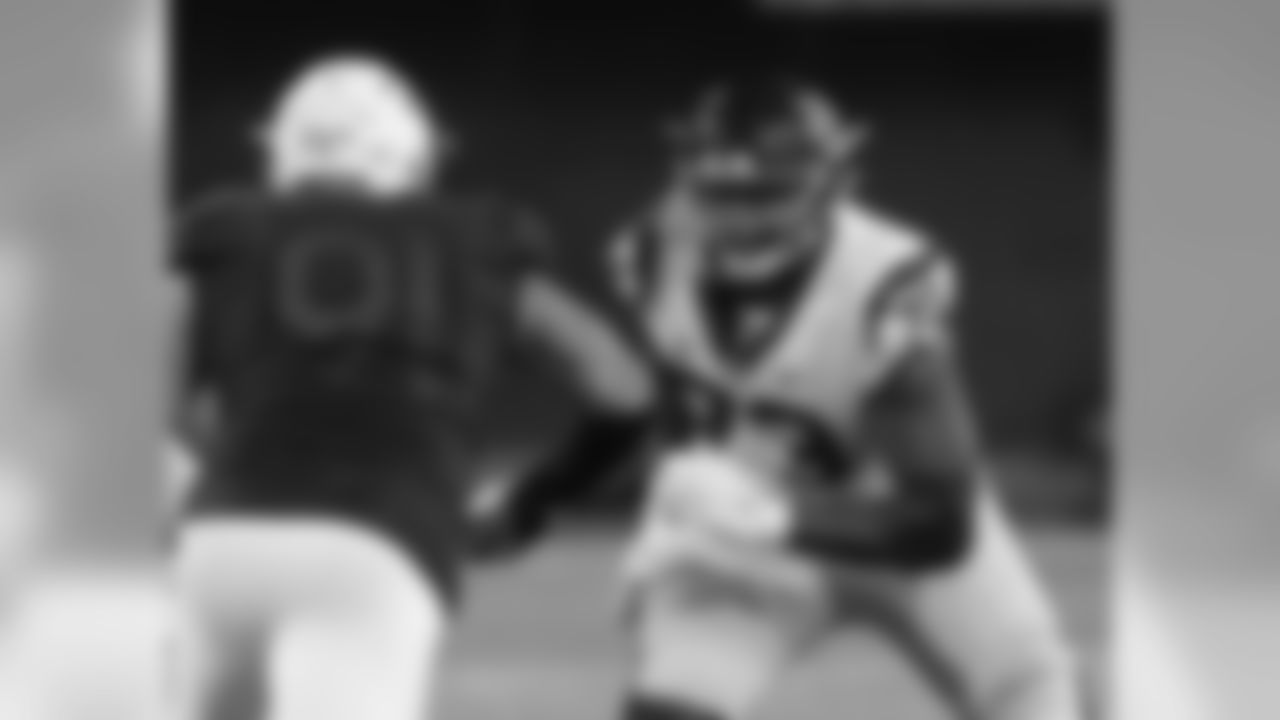
19 - Austin Jackson, OT
USC
(AP Photo/Rick Scuteri)

18 - Patrick Queen, LB
LSU
(AP Photo/Danny Karnik)
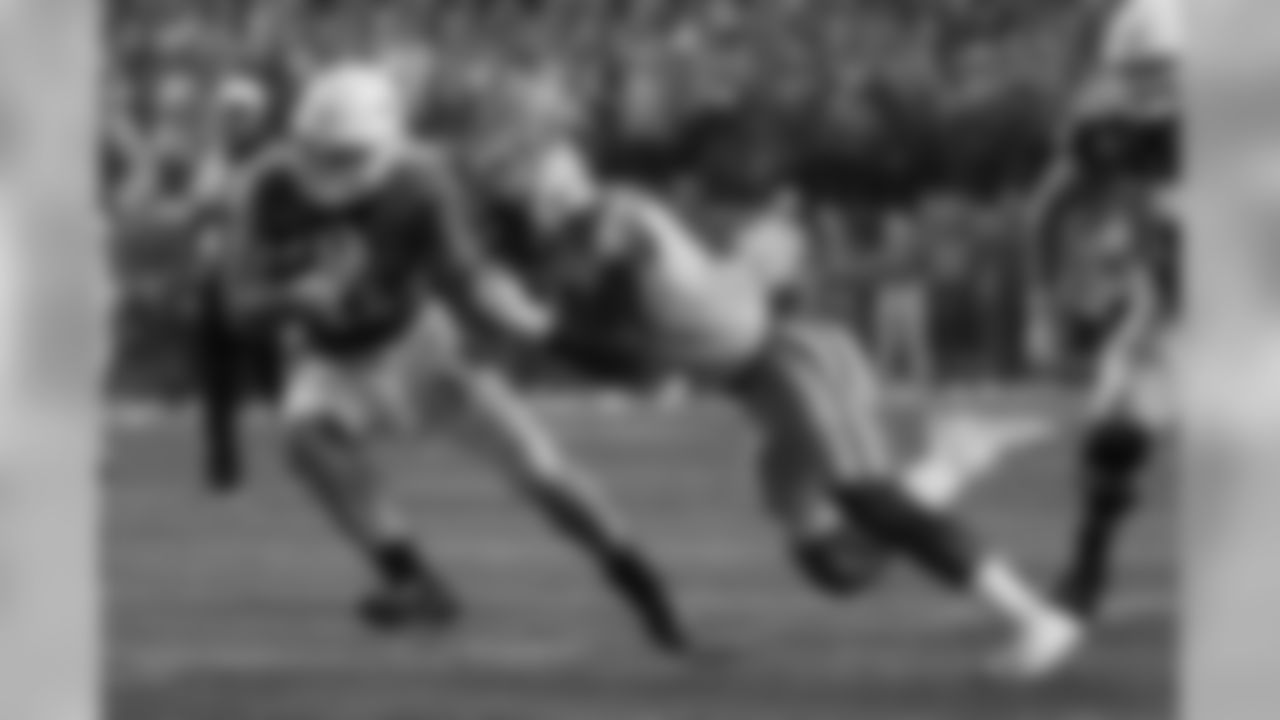
17 - K'Lavon Chaisson, EDGE
LSU
(AP Photo/Eric Gay)

16 - Henry Ruggs, WR
Alabama
(AP Photo/Butch Dill)

15 - Javon Kinlaw, DT
South Carolina
(AP Photo/Sean Rayford)

14 - C.J. Henderson, CB
Florida
(AP Photo/Jeff Roberson)

13 - Jeff Okudah, CB
Ohio State
(AP Photo/Paul Sancya)

12 - Jerry Jeudy, WR
Alabama
(AP Photo/John Raoux)

11 - CeeDee Lamb, WR
Oklahoma
(AP Photo/Sue Ogrocki)

10 - Mekhi Becton, OT
Louisville
(AP Photo/Timothy D. Easley)

9 - Andrew Thomas, OT
Georgia
(AP Photo/John Amis)

8 - Tristan Wirfs, OT
Iowa
(AP Photo/David Banks)

7 - Jedrick Wills, OT
Alabama
(AP Photo/Vasha Hunt)

6 - Derrick Brown, DT
Auburn
(AP Photo/Chris O'Meara)

5 - Tua Tagovailoa, QB
Alabama
(AP Photo/Vasha Hunt)

4 - Justin Herbert, QB
Oregon
(AP Photo/Butch Dill)

3 - Isaiah Simmons, LB
Clemson
(AP Photo/Richard Shiro)

2 - Chase Young, DE
Ohio State
(AP Photo/Rick Scuteri)

1 - Joe Burrow, QB
LSU
(AP Photo/Gerald Herbert)
Jake in New York: In his interview, Daniel Jeremiah told John Schmeelk how offensive linemen can last 15 years with the same team. So untrue. I would like some suggestions of in the last 30 years. Especially name one Giant offensive lineman with that tenure.
John schmeelk: Jake, the truth is that offensive linemen can play at a high level for longer than other positions that rely more on speed and raw athleticism, like linebacker, cornerback or wide receiver. Whether they do it on the same team or with the Giants is irrelevant to the point. It is the team's choice whether to retain them. Jason Peters was still a good player last season at 37 years old. Andrew Whitworth was a first team All-Pro at 36 years old. At 36 years old, Richie Incognito is still playing at a high level at guard. Before he retired, Marshall Yanda was one of the best guards in football at 35 years old. Joe Staley is still playing well at offensive tackle at 35 years old. Alex Mack is still a top center at 34 years old. With players entering the league at 20 or 21 years of age, those are near 15-year careers worth of success. Look at positions other than quarterback, and the players do not maintain their level of play to those advanced ages nearly as often. It was the point Daniel Jeremiah was making, and it is absolutely accurate.
Pat in Texas: Assuming the Giants keep their pick at #4, would it be considered a bad pick if that player was not an All-Pro in three seasons?
John Schmeelk: All-Pro is a very high threshold because the Giants selection could be excellent but be stuck behind great players with longer track records who are more likely to get All-Pro consideration from voters. Only two players at offensive tackle, for example, are first team All-Pros each season with two more on the second team. If the player the Giants select plays at a very high level and helps the team win, then it will be a success.
John in New York: What are the chances of the Giants trading down and getting an established offensive lineman in exchange so they can pick a pass rusher in round one?
John Schmeelk: Teams rarely trade high-level offensive linemen because they are so hard to find. In addition, most analysts don't think it is a great draft for pass rushers in the middle of the first round.
Pete in New York: Is it still correct to think that offensive linemen need a few years to get up to speed while a defensive player doesn't?
John Schmeelk: I don't think that it's fair as a blanket statement anymore. It depends on the specific player, his skills and the environment they were in at the college level. It also depends on the position on the defensive side of the ball. Pass rushers, for example, probably need less of an adjustment than linebackers.
Mark in Texas: Will the Giants' draft board consist of only 75 players on it like NE's normally does? A couple years ago, Nick Caserio stated NE's draft board had only 50 -75 players on it.
John Schmeelk: Dave Gettleman and his staff build the board with input from Joe Judge and his coaches. I do not know how many names will be on the board, but Gettleman has never indicated it is that short on players.
Derek in New York: The analysts seem very high on Simmons. After watching him every snap in the college championship game, I concluded he avoids a lot of tackles. Am I crazy or has anyone else noticed that?
John Schmeelk: I think you're a little crazy, Derek. Simmons is fast and is a great space player if he is given room to run to the ball and play sideline to sideline. He comes down hard from the second level on ballcarriers. He isn't as anxious to take on offensive linemen between the tackles, but at 230 pounds, that shouldn't be what he is asked to do in the pros anyway. His willingness to tackle running backs and wide receivers shouldn't be a concern for you.

Giants App
Download the Giants' official app for iPhone, iPad and Android devices














